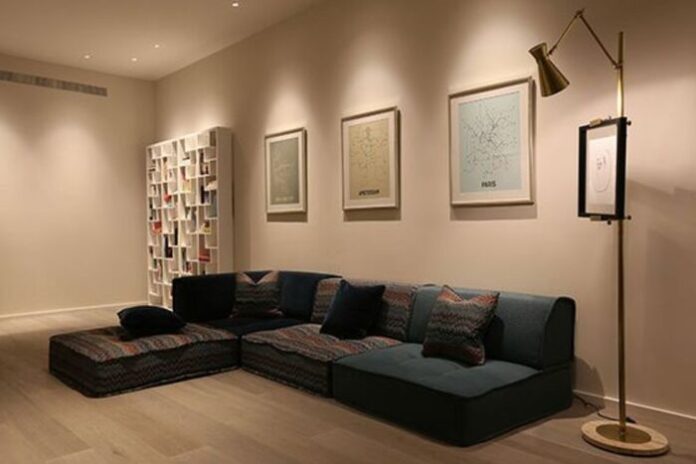Light greatly influences the presentation of artwork in many ways. Different types of art will require different lighting techniques. If you want to make any artwork stand out, you need to find the appropriate lighting to use. In this article, we will give you tips on how to properly light different kinds of art. This includes proper light positioning and intensity as well as the types of lighting options you can choose from.
Why the Artwork’s Frame is Important
Your lighting options for a piece of art will depend on how it is framed. You can illuminate artworks and wall sculptures that do not have frames with lighting that is not attached to the piece. You can use mantel lights, spotlights, track lights, or recessed lights.
Moreover, you cannot use picture lights for artworks with small frames because the artwork cannot support an attached light fixture. Use the same lighting options as mentioned above.
On the other hand, you can attach picture lights on artworks with substantial frames because they can support the picture light’s weight. Make sure to consider the artwork frame’s depth and width when buying a picture light.
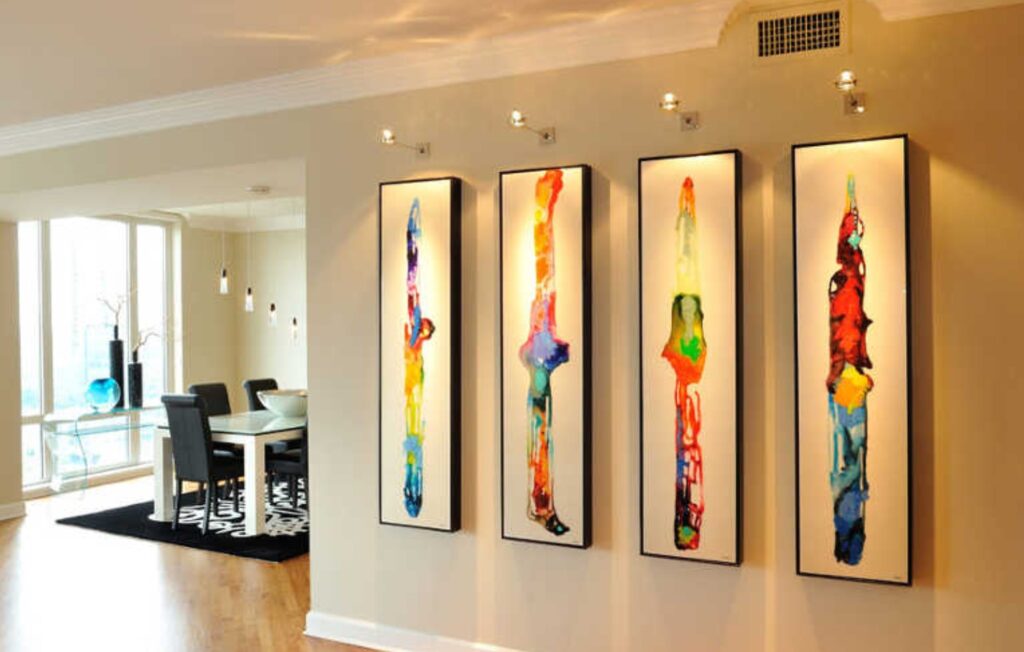
Light Positioning and Intensity
Below are a few tips on the right light intensity you should use and how to properly position your lighting.
-
Intensity
When lighting artworks or sculptures, the rule of thumb is to use lighting that is 3 times brighter than other lights in the room. Give your room a refresh look and attractive interior by using lighting artwork like this on walls. The lighting artwork looks great when framed with quality material. It will brighten up your space while making rooms look trendy and impressive.
-
Avoiding Heat Damage
To prevent the heat from the light from damaging your painting, do not place your lights too near the painting. Oil painting can crack from the heat, so you need to take extra care when you use halogen lights. You can test the light’s heat by putting your hands between the light and the artwork. If you can feel the light’s heat, then there is a chance that it can damage the oil painting.
-
Reducing Glare
You can minimize glare by positioning the light source at around 30° to the artwork. For larger frames, you can position the light at 35° to prevent shadows. To highlight a painting’s texture, position your light at 25°.
-
Avoid Direct Sunlight
Make sure that you place artworks away from natural light to prevent any damage. If you put artworks, especially paintings, in direct natural light, you will be exposing them to infrared and UV light which can cause pigmentation and fading.
If direct natural light can damage your furniture and flooring, then it can cause greater damage to your paintings. Your simplest option is to find a wall that is not exposed to direct sunlight and display your paintings there.
Note: When lighting artworks, you should also consider their composition. Artworks with dark tones need more light compared to artworks with light tones. Also, make sure that all artworks are evenly lit.
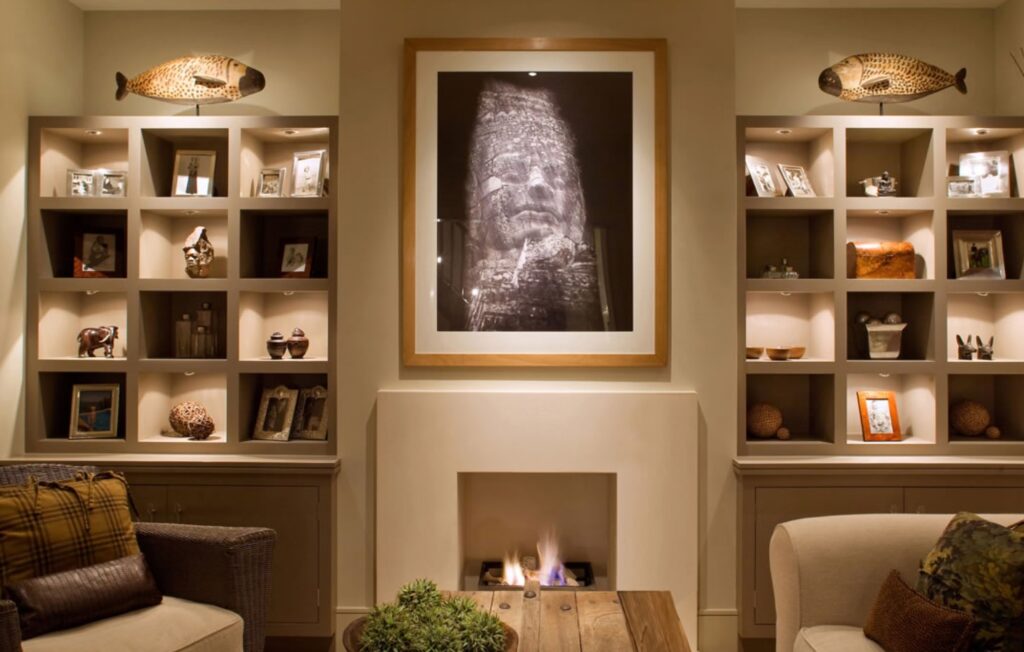
Fixture Styles
Below are the 4 common types of light fixtures you can use for your artworks:
#1 Recessed Lights
These spotlights are subtle light fixtures that are installed into hollow openings in ceilings and have limited movements. Recessed lights have focused lights that are ideal for illuminating artworks.
#2 Track Lights
Track lights are the most flexible options for lighting artworks because they can hold multiple lights. You can use them to produce even lights on walls or for accent lighting on multiple artworks.
#3 Mantel Lights
Mantel lights are positioned in front of artworks and normally sit on mantels or shelves. They light artworks from the bottom. They are less noticeable compared to picture lights.
#4 Picture Lights
These light fixtures are hung over paintings or attached to the painting’s frame. Traditional picture lights have about 3-inch diameters and complement traditional and classic artworks well. Slimline picture lights are smaller compared to traditional picture lights and have around 1-inch diameters. They fit well with most contemporary pieces.
Picture lights come in various finishes and styles with lengths from 12 inches to 48 inches. Slimline and traditional picture lights both use incandescent light bulbs. They also have battery-powered options.
#5 Wall Washers
These are excellent lighting options for both outdoor and indoor lighting purposes. Use them in applications where you need to light large artworks that occupy the majority of your wall’s space. Wall washers produce bright lights that cover wide areas and many artists prefer them for lighting contemporary artworks. Moreover, they are flexible so you can easily add, remove, or relocate your artworks any time you want.
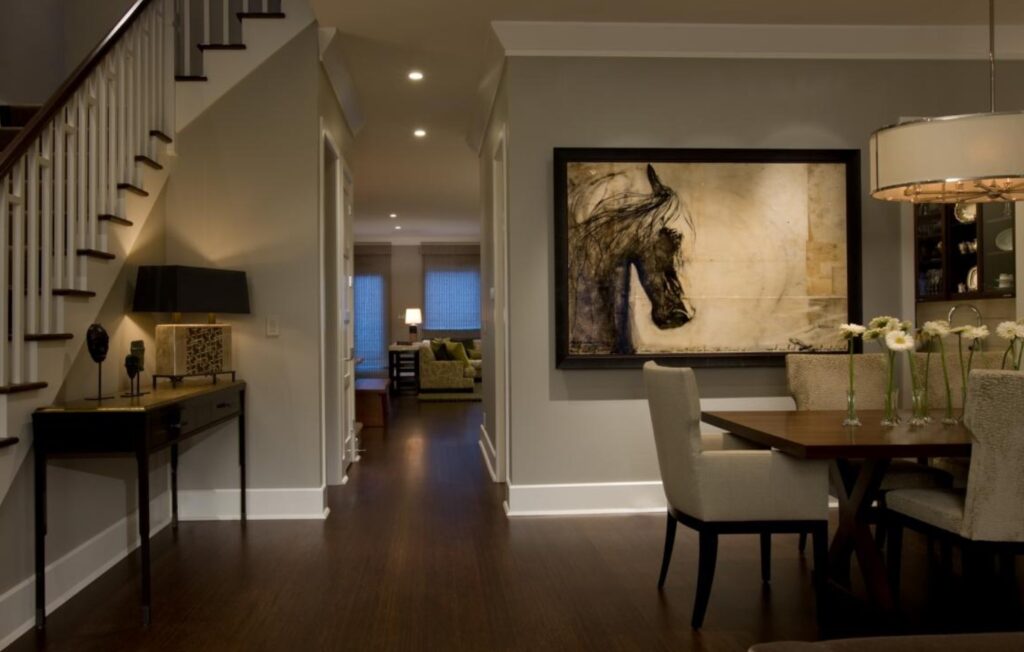
Types of Light
Now, let us proceed with the different types of lighting:
#1 Fluorescent Lights
Fluorescent lights distort the colors of artworks and they emit high levels of ultraviolet rays that can damage artworks through accelerated fading. These make fluorescent lights not ideal for artwork lighting.
#2 Halogen Lights
These lights emit pure white lights that are ideal for lighting most artworks. Although they produce a lot of heat, you can place them far enough from the artwork to prevent the emitted heat from damaging the artwork. Consider putting UV filters over halogen bulbs if you are going to use them.
#3 Incandescent Lights
Incandescent lighting creates warm colors that highlight reds and yellows in artworks while flattering greens and blues.
#4 LED Lights
If you want to showcase valuable artworks, LED neon lights and strip lights are your best options. They do not emit much heat, infrared light, or ultraviolet rays that can damage paintings. Although they are more expensive compared to the other options, they are more energy-efficient and have long service lives. You can use customized neon lights to better fit your requirements. Click here for more info.
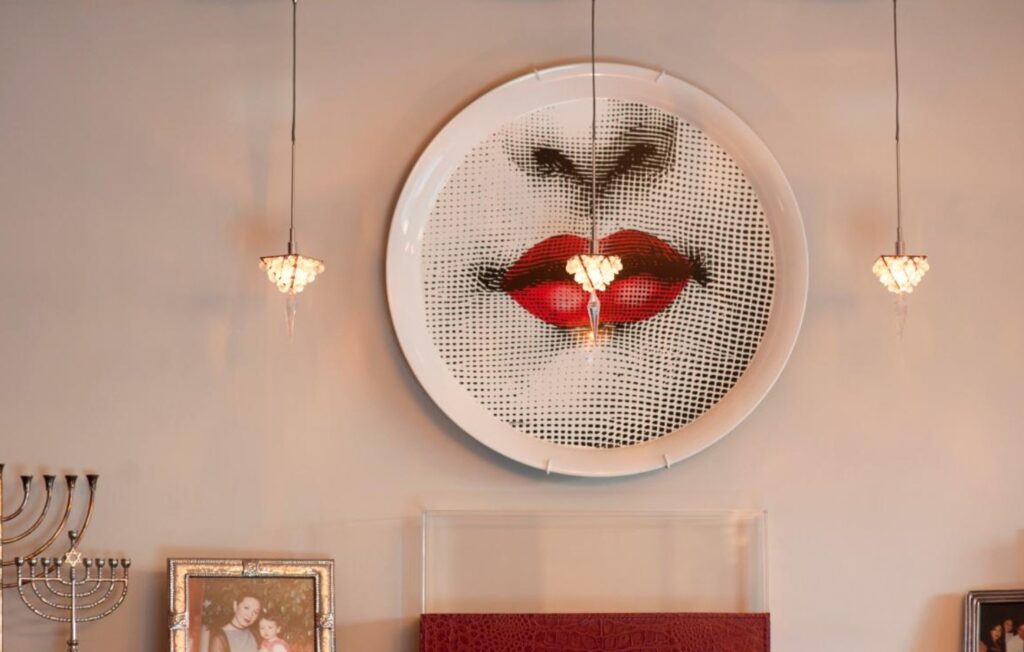
Conclusion
Choosing the right type of light for highlighting artworks and sculptures is important to ensure that they are noticeable. Make sure to position your lights properly with the right brightness intensity to avoid damaging your artworks. Hopefully, this short guide was able to help you get started in your artwork lighting. Here is another blog you can read on finding lights for wall arts.

